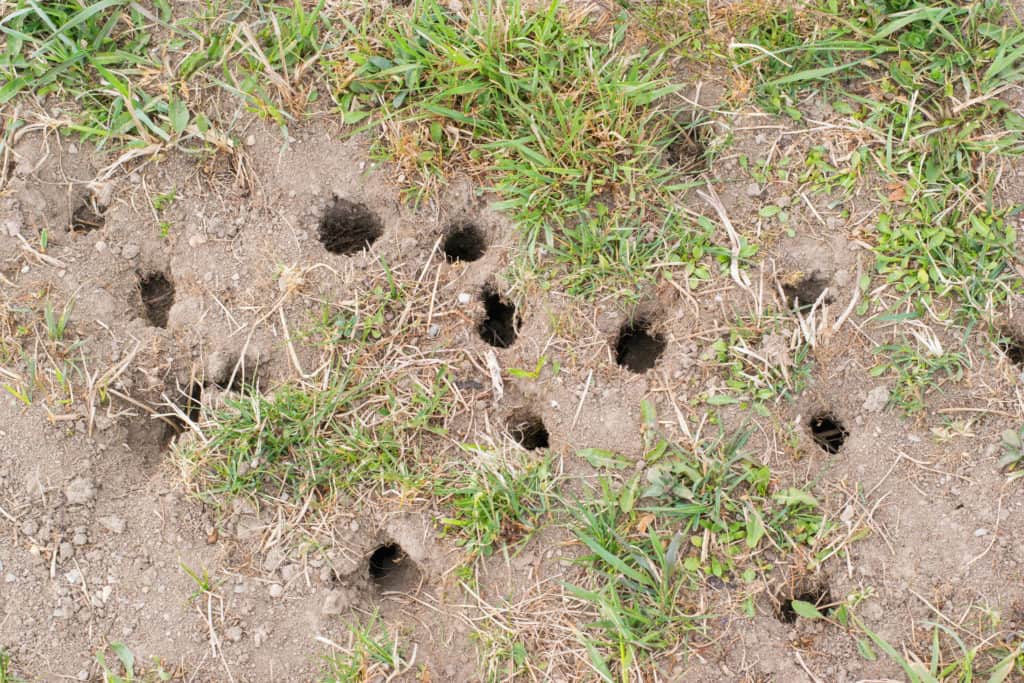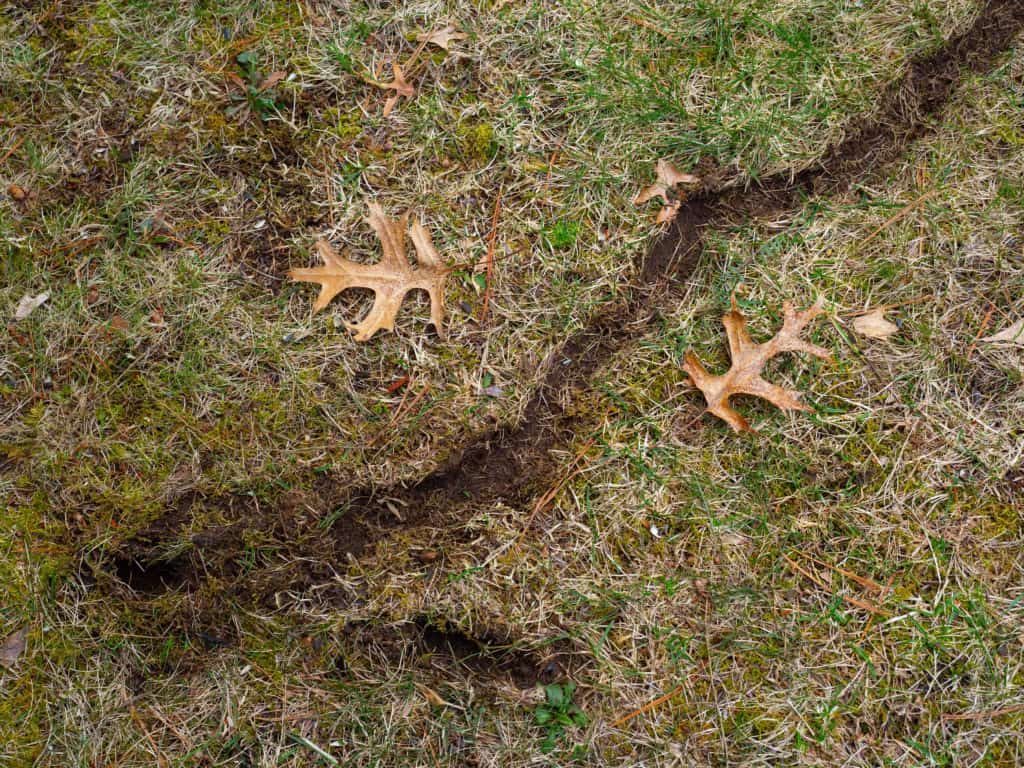No Voles Allowed!
No Voles Allowed!
The Problem with Voles
Gardeners and homeowners alike can be driven crazy by these fuzzy little burrowers. Voles are rotund and stocky rodents measuring on average from 5 to 7 inches long. Unlike moles and shrews, voles have rounded snouts as opposed to the thin, pointed noses of their distant cousins. Voles like to burrow in areas with lots of grass and weeds and eat an omnivorous diet. In this way, voles can actually be beneficial to your yard, ridding your soil of grubs and other nasty insects. However, they can also munch on your plants and crops, wreaking havoc on your gardens; and tunneling throughout your yard, destroying your grass and tearing up soil.

Do I Have Voles?
Sometimes it can be difficult to tell what burrower is at large in your yard. If you don’t get a chance to see the perpetrators with your own eyes, you can sometimes piece together who it may be using these identifying features of a vole infestation:
- Chewed/eaten root vegetables – if you are growing any underground veggies like carrots, turnips or potatoes, you may find that your produce has been chewed through by these hungry little rodents.
- Chewed/eaten flower bulbs – flower bulbs are another source of food for these furry foragers
- Small trees or bushes falling over – due to their tunneling, voles often tear up roots and can significantly damage smaller plants, causing them to lean and risk being completely uprooted.
- Shallow, serpentine-shaped tunnels and no mounds of dirt– voles’ tunnels are shallow while other tunneling rodents (like moles) create deep tunnels and leave behind mounds
- High activity during springtime – voles are far more active in the springtime than any other time of year
- Chewed bark at the base of trees and bushes – these chew marks are typically two ¼ inch parallel marks

Tips to Keep Them Away
Prevention is key to keeping voles away. Once they’ve made your yard their home, they won’t want to leave and can unrelentingly damage your gardens and yard.
Because they are rodents, voles love to hide. They seek out areas with heavier foliage, dead leaves or branches, and even wood piles. Not only are these great areas to hide, but they can even use these areas to nest so it is helpful to keep these densely covered areas to a minimum. Try cutting back bushes, pulling weeds, raking up leaves and dead plants, and removing unnecessary piles of wood. You can also keep your lawn well mowed and bushes trimmed so that they do not touch the ground. During the winter months, keeping snow cleared from gathering around the base of bushes and trees and even wrapping them with a guard will protect your greenery from hungry voles. Year round, it’s important to clear up any birdseed that may be on the ground as this can attract not only voles, but other rodents as well.
It’s always helpful to follow these tips, but when all else fails and you find your yard a mess of vole tunnels, you can always count on us to help you rid your home of these little invaders.

Citations
Brittingham, M. (2007) Voles, Penn State University. Available at: https://extension.psu.edu/voles (Accessed: August 2020).
Voles (2020) Farmer’s Almanac. Available at: https://www.almanac.com/pest/voles (Accessed: August 2020).

